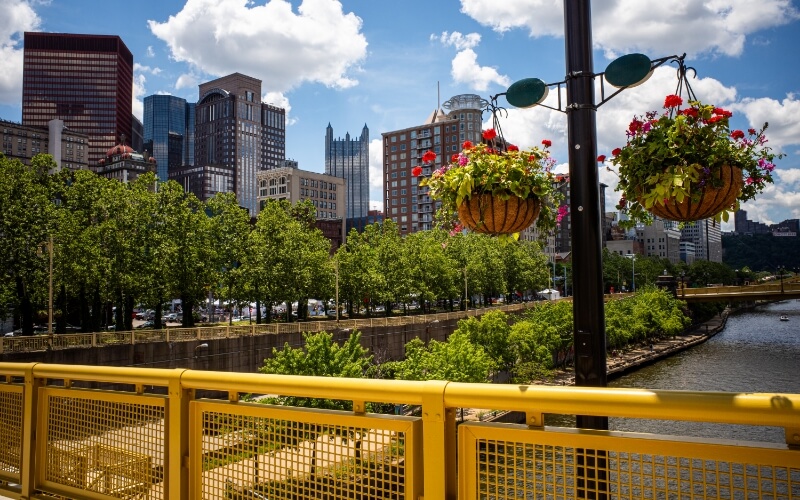November is Carbon Monoxide (CO) Awareness Month—a perfect reminder to make sure your home is properly protected from this silent and potentially deadly gas. As cooler weather arrives and furnaces begin running regularly, now is the ideal time to think about carbon monoxide safety in Brentwood, PA. A few simple steps can help you keep your household safe, and one of the most important is testing your home’s carbon monoxide detectors to ensure they’re working properly.
CO Detectors
Carbon monoxide is colorless, odorless, and tasteless, which means you cannot rely on your senses to detect it. That’s why fully functioning CO detectors are essential in every home with fuel-burning appliances. At a minimum, you should have one detector on each floor, including the basement, and one outside every sleeping area.
To test them, press and hold the “test” button until you hear the alarm sound. If it’s weak, inconsistent, or silent, replace the batteries immediately. Detectors older than five to seven years should be replaced entirely, as sensors lose accuracy over time.
Gas Furnace Safety
Beyond the detectors themselves, homeowners should understand how carbon monoxide can enter a home. Gas furnaces are generally very safe, thanks to built-in safety mechanisms designed to prevent CO leaks. But like all mechanical systems, they require regular care to continue operating securely and efficiently. Learning how your furnace keeps you safe—and what maintenance it needs—can give you peace of mind throughout the heating season.
The Heat Exchanger
One of the most important safety components is the heat exchanger, the sealed chamber where combustion occurs. It transfers heat to the air in your home while keeping exhaust gases, including carbon monoxide, contained and directed safely out of the flue.
Over time, however, heat exchangers can develop cracks due to metal fatigue, corrosion, or overheating. Even a small crack can allow CO to escape into your home’s airflow. During a professional maintenance visit, a technician will inspect the heat exchanger carefully using specialized tools to ensure it’s intact and functioning properly.
The Flame Sensor
Another key component is the flame sensor, which monitors whether the burner flame is present. If it detects that the flame has gone out—or that the flame is unstable—it automatically shuts down the furnace to prevent gas buildup. When the flame sensor becomes dirty or coated in residue, it can fail to detect the flame correctly, leading to unnecessary shutdowns or, in rare cases, unsafe operating conditions. Cleaning and testing the flame sensor is a standard part of annual furnace maintenance.
Prioritize Maintenance
As winter begins and your furnace starts working daily, scheduling professional heating maintenance is one of the best steps you can take to protect your home. Our team thoroughly inspects each safety mechanism, tests your system’s performance, and ensures everything is venting correctly so you can stay safe and warm all season long. If you haven’t had your furnace checked yet this year, now is the perfect time to reach out and schedule your appointment.
Call the friendly staff at Boehmer Heating & Cooling for exceptional customer service! Discuss your carbon monoxide safety in Brentwood, PA with our team today.

